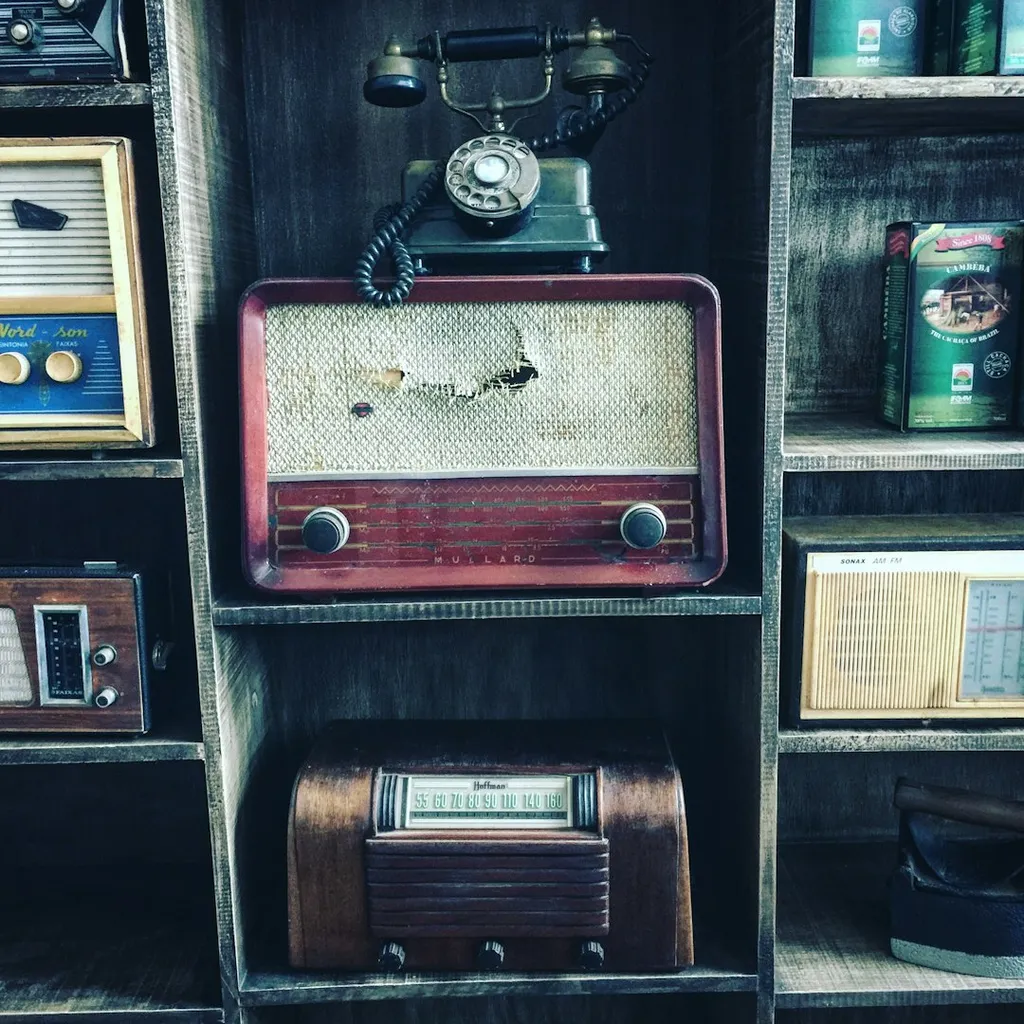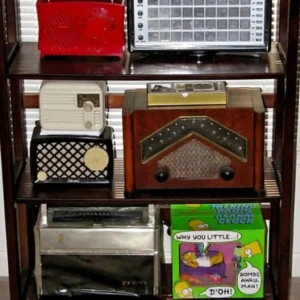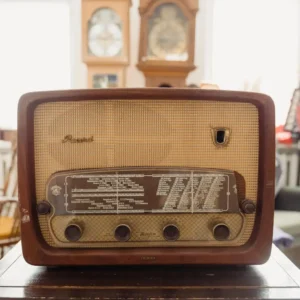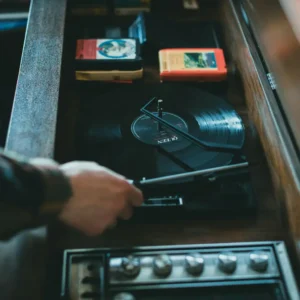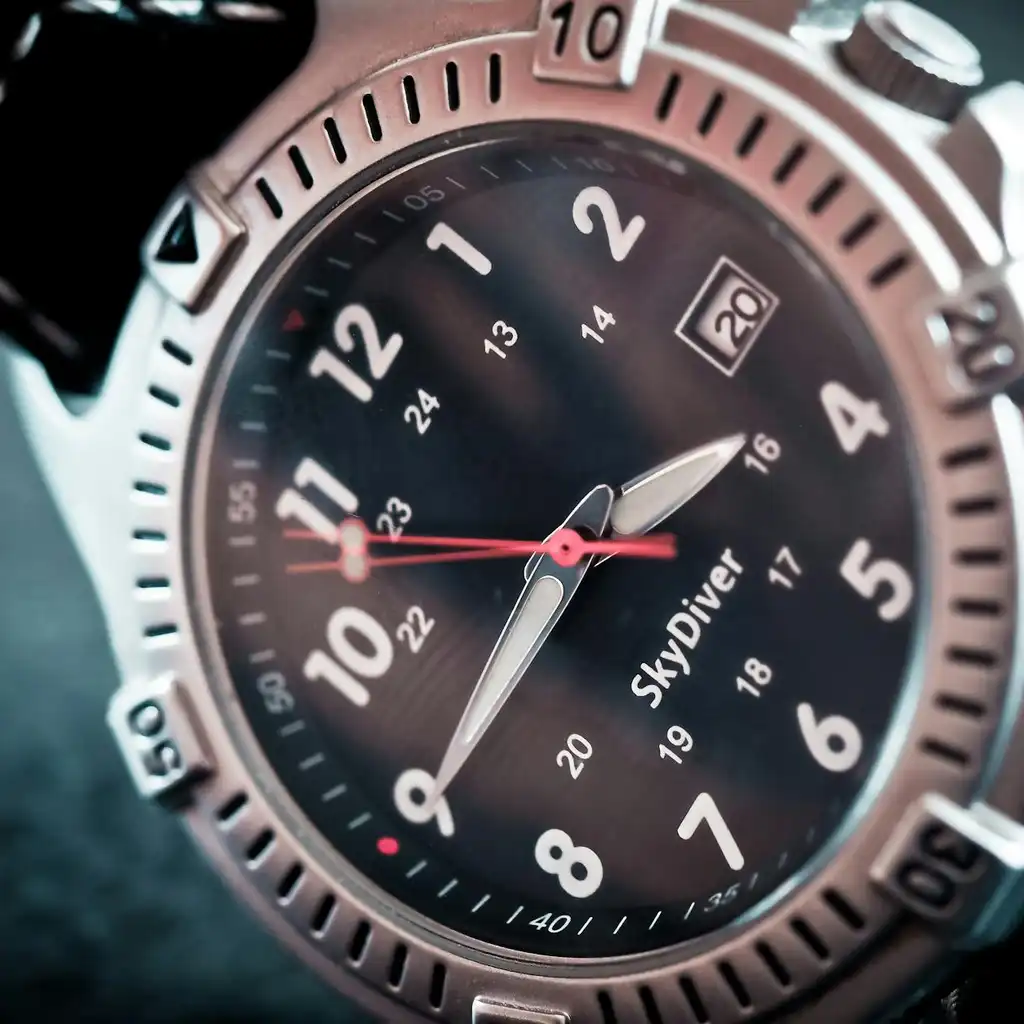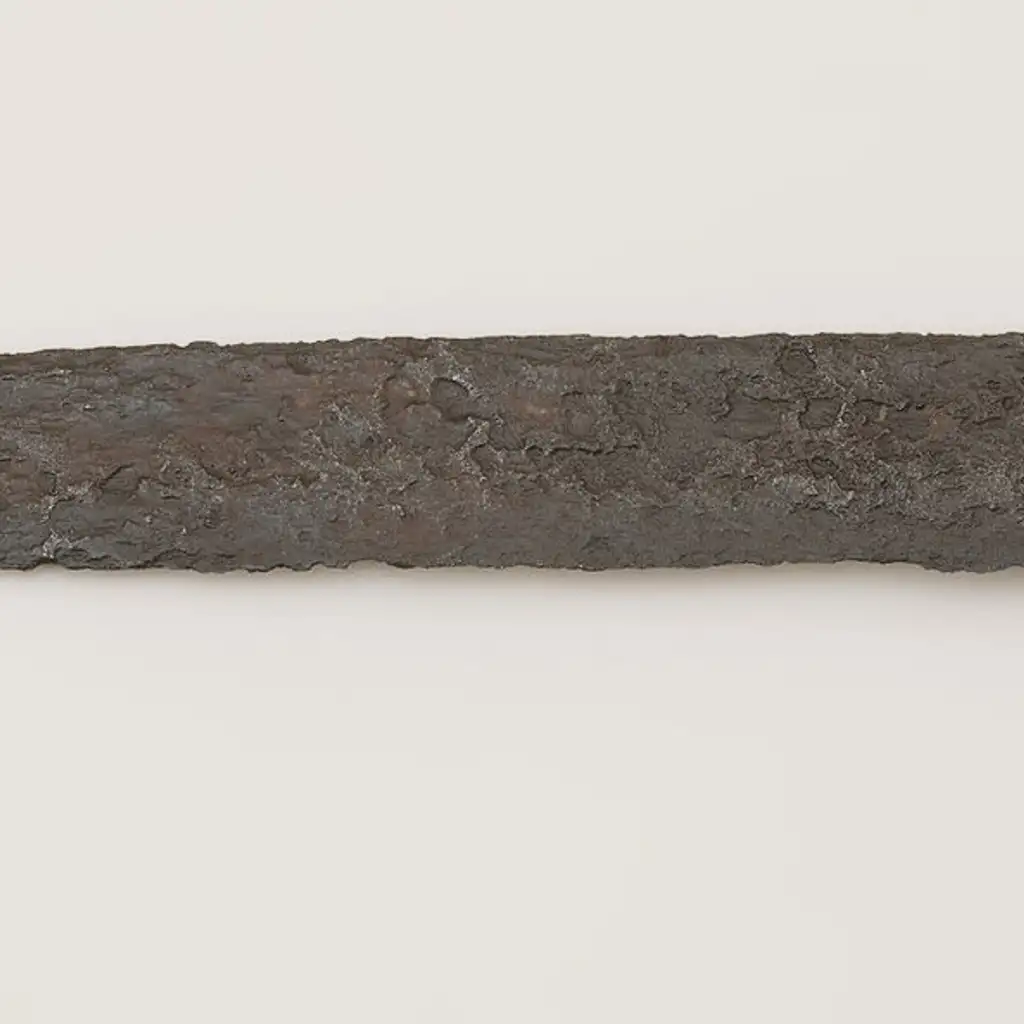The true hidden gem for audiophiles, however, lies in the back of the museum. Here, towering shelves are packed with a rare assortment of vacuum tubes—ideal for anyone seeking to restore a vintage radio, amplifier, or other audio device. These tubes, donated by enthusiasts and collectors, are meticulously organized and tested, with excess stock available for purchase. The museum sells these tubes to customers worldwide, helping fund its ongoing operations.
The museum’s story began with founder John Ellsworth, a former public school teacher with a deep passion for preserving technology’s history. What started as a personal collection of antique radios and equipment grew into a community-driven museum with over 4,000 square feet of display space and another 7,000 square feet of storage. Volunteers, many of whom first came as visitors, now take care of individual exhibits, each adding their expertise and dedication to the museum’s legacy.
Running solely on donations and volunteer efforts, the museum faces ongoing financial challenges. To support itself, the museum sells non-essential donations on eBay and offers classes in radio repair and crystal radio construction. “This place has truly taken on a life of its own,” says Ellsworth, reflecting on how far the museum has come since its beginnings in 1990.
Visitors are welcomed to explore exhibits tracing electronic communications from the telegraph to early computers. From sending Morse code messages to spinning phonograph records from the early 1900s, there’s something to capture the interest of every guest. Exhibits include a dedicated HAM radio room and the DeGeorge Memorial recording studio, outfitted with vintage microphones and recording equipment that can still be used to archive audio onto modern formats.
Longtime volunteer Dan Thomas, a retired broadcast engineer, plays a key role in maintaining the studio, while HAM radio operator Chris Kelling has helped build the museum’s radio exhibits. Both share a passion for preserving the history of broadcasting and communications, with Thomas noting, “It’s fantastic to have so much history under one roof, especially related to Connecticut’s role in the industry.”
Guided tours led by Ellsworth often spotlight unique artifacts like a rare monotype machine, an original Edison Amberol phonograph, and even a portable lighting system dating back to the 1870s. This piece, used by traveling theater companies, helped illuminate stages long before electricity was common, giving rise to the term “limelight.”
The museum also celebrates pioneering figures in communications history, including Guglielmo Marconi and Reginald Fessenden. Ellsworth enjoys sharing the story of Fessenden’s groundbreaking Christmas Eve broadcast in 1906, which brought the sounds of “Silent Night” to listeners—marking the dawn of radio broadcasting.
In addition to its extensive displays, the museum offers thousands of vacuum tubes for sale, including popular models like 6L6, 12AX7, and KT66. These tubes undergo rigorous testing to ensure quality, with used tubes discounted for affordability. While there isn’t a full catalog online, interested buyers can submit a request form on the museum’s website to check availability and pricing.
Located at 115 Pierson Lane in Windsor, Connecticut, the Vintage Radio and Communications Museum is open Thursday through Sunday year-round. For more details, visit their website or call (860) 683-2903. Whether you’re an audiophile, history buff, or simply curious, this museum offers a rare chance to connect with the evolution of technology and the people who keep it alive.
